Incredible abandoned places in London
Forgotten London
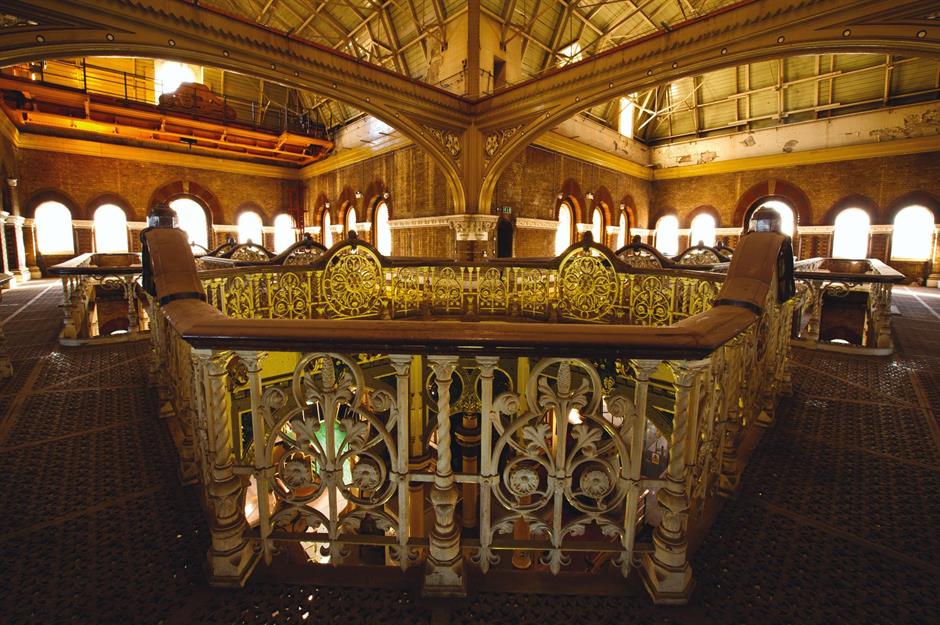
Hidden among the sparkling skyscrapers and bustling streets of London are some truly unexpected treasures that reveal another side of England’s historic capital. From forgotten railway lines and abandoned hospitals to crumbling churches and lost Second World War bunkers, thanks to new book Abandoned London by Katie Wignall, here we uncover the secrets of London’s most breathtaking abandoned spots.
Princelet Street, Spitalfields
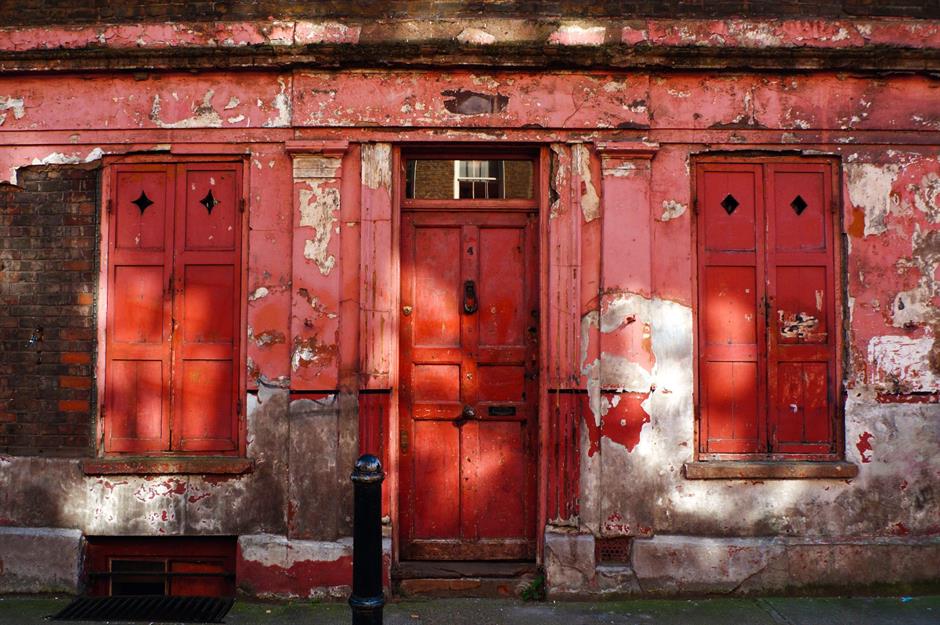
The Thames Ironworks and Shipbuilding Company, Leamouth Wharf
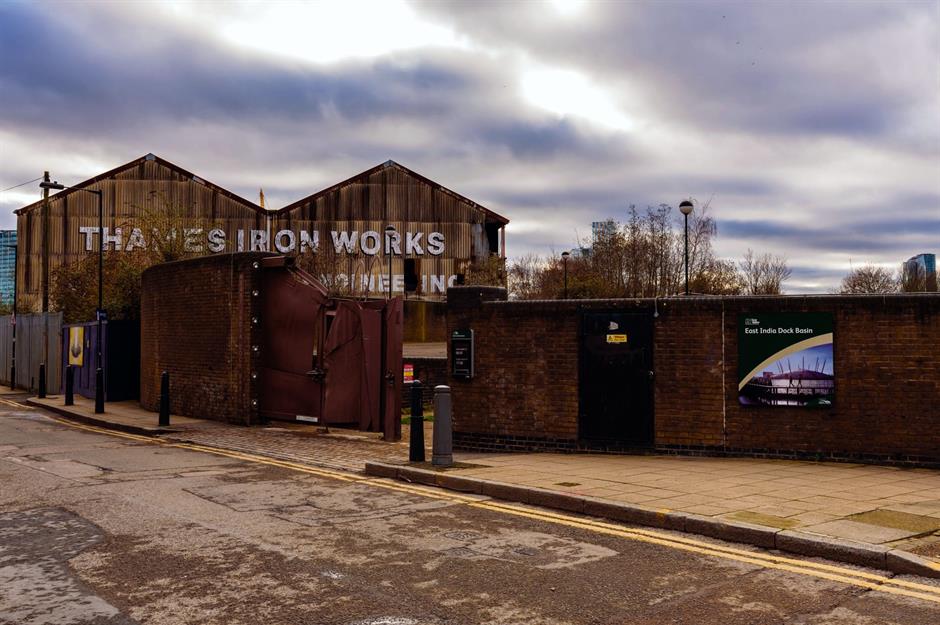
Straddling the mouth of Bow Creek where it joins the River Thames in east London, the Thames Ironworks and Shipbuilding Company was one of the first of its kind to build iron ships. Founded in 1837, the company created the world’s first all-iron warship, the HMS Warrior which launched in 1860. The Thames Ironworks Football Club was formed by the company’s ironworkers in 1895 who later became known as West Ham United in 1900. The club’s nicknames ‘The Irons’ and ‘The Hammers’ are a nod to the team’s past.
Finsbury Park Underground Reservoir
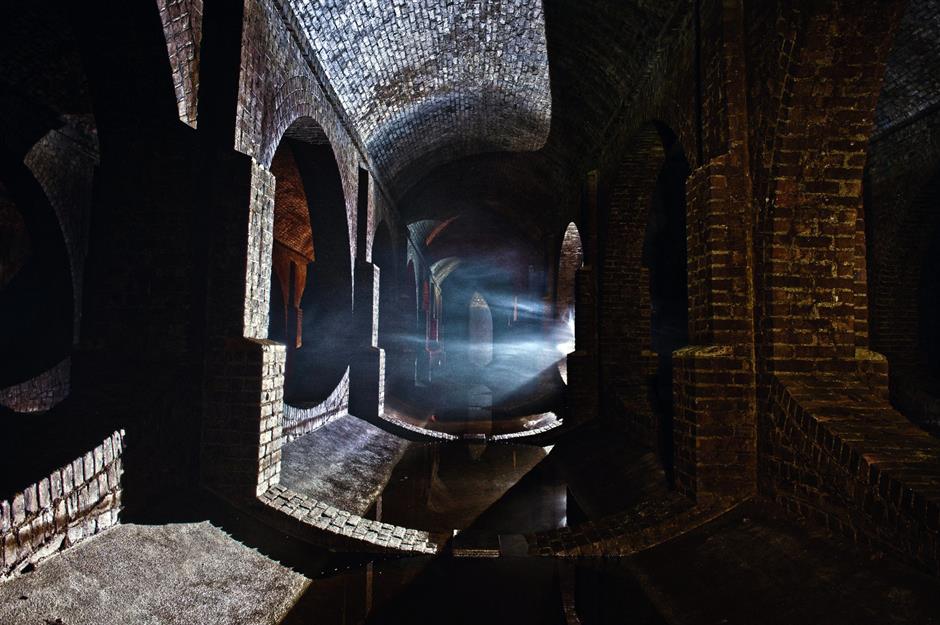
Deep below the greenery of Finsbury Park in north London is a vast underground reservoir that could once hold a whopping five million gallons of water. Built in the 1860s by the East London Water Works Company, the reservoir was decommissioned in 2012 by Thames Water due to fears that it may collapse. With its breathtaking appearance, the incredible underground site is a popular filming location, featuring in films and TV shows such as Sherlock Holmes, Paddington and James Bond's Skyfall.
Check out these awesome abandoned movie sets you can actually visit
Millennium Mills, Silvertown
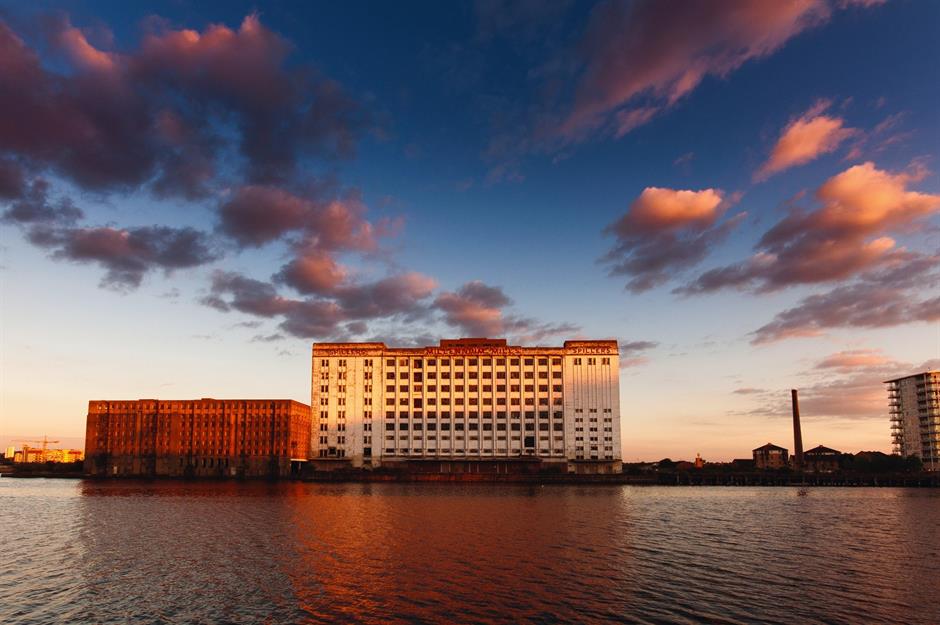
Sitting on London’s Royal Docks, Silvertown was once a thriving industrial hub of the 19th century. The docks were known as a centre for flour milling, with three of Britain’s biggest milling companies having mills there. Millennium Mills was one of the buildings severely damaged in the Silvertown explosion of 1917 when 50 tonnes of TNT exploded at the Brunner Mond munitions factory. The blast killed at least 73 people and injured hundreds. The Royal Docks eventually closed in 1981 and the mill was left abandoned.
Lots Road Power Station, Chelsea
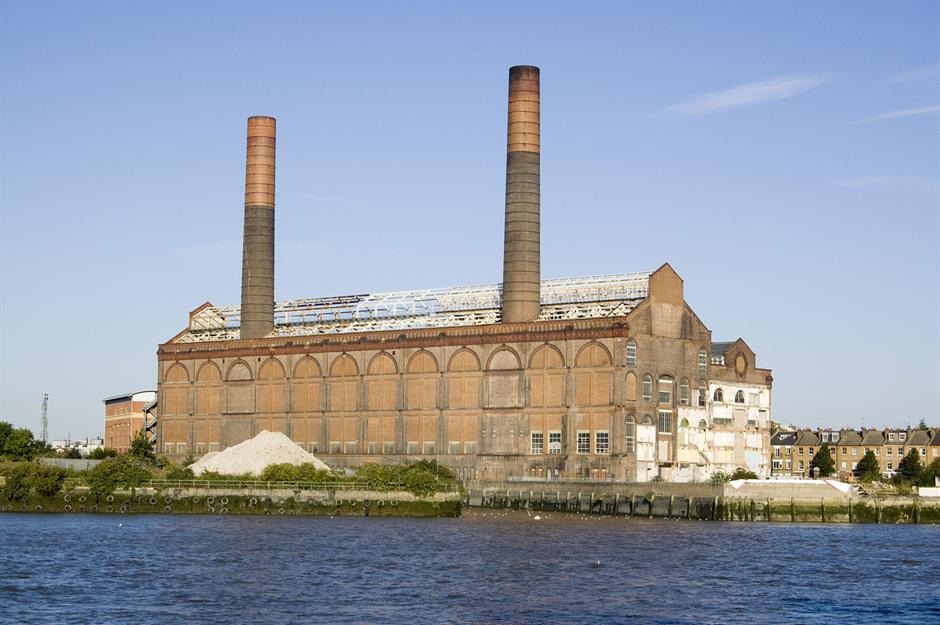
Towering over the banks of the River Thames in Chelsea, Lots Road Power Station was built in the early 1900s to provide power for the London Underground Network. The station played a part in the city’s radio history too, when it was used as a temporary site for an antenna in 1973 transmitting Capital Radio and LBC across the capital. Lots Road Power Station operated for almost 90 years until it was shut down in 2002, due to the advances in the availability of power from The National Grid.
Love this? Follow our Facebook page for more travel features and inspiration
St George’s Hospital, Hornchurch
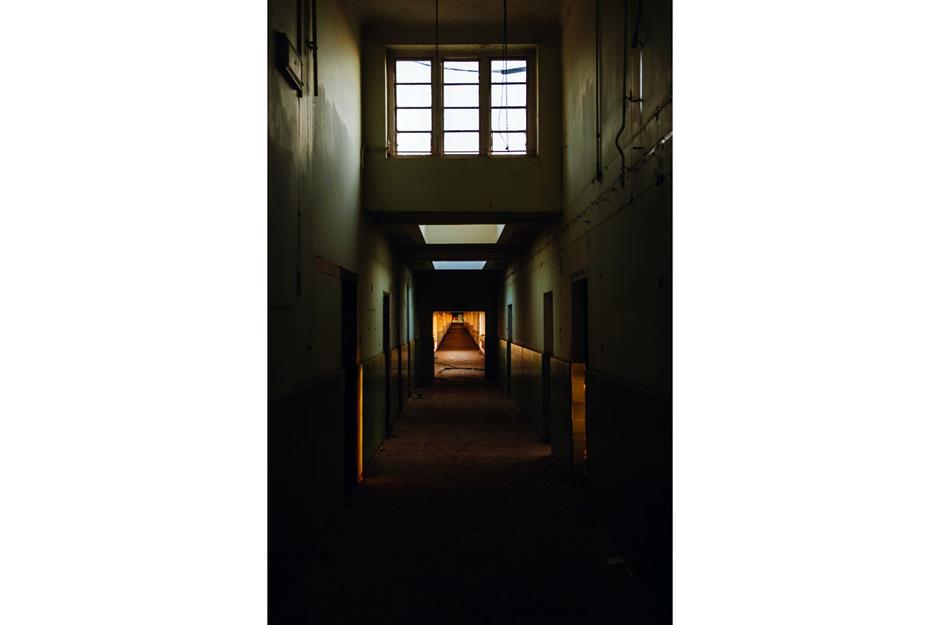
Completed just before the Second World War broke out in 1939, this building in east London was taken over by the Ministry of Defence and used as a base by RAF Hornchurch. After the war, the building was used as a hospital, mostly for elderly patients. In 2012, the refurbishment of St George’s was announced however after the pathogen Legionella was discovered in the hospital’s water system, it abruptly closed down a month later.
Euston Station
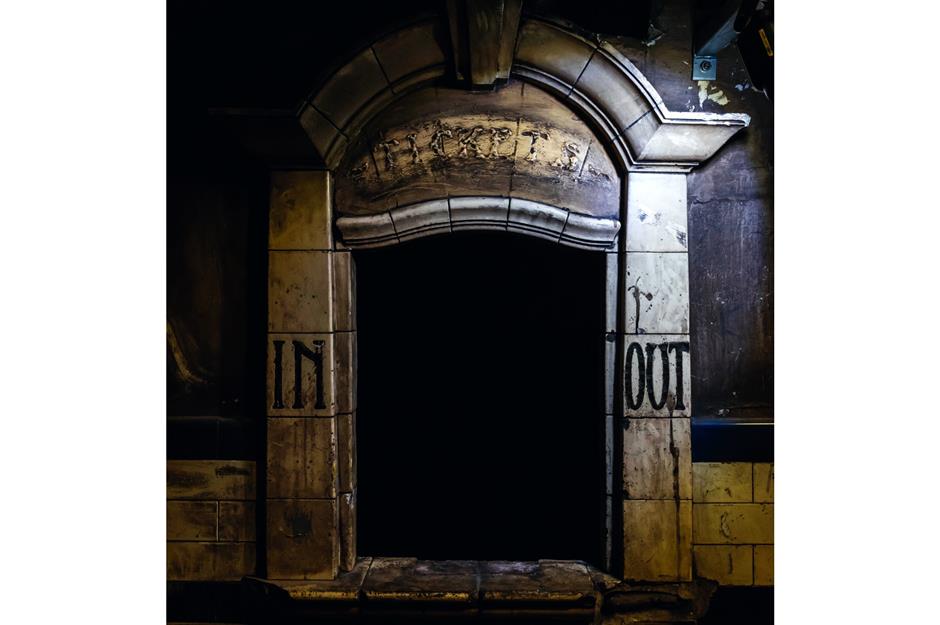
Built in the 1830s, the original Euston was London’s first mainline station and the first to connect the capital with another city. After the station was completely rebuilt in the 1960s, the earlier underground passages were closed. Today, with its well-preserved ticket collection window and original travel posters, the old station looks like it's frozen in time.
Discover more of the incredible abandoned subway stations from around the world
Highgate Station
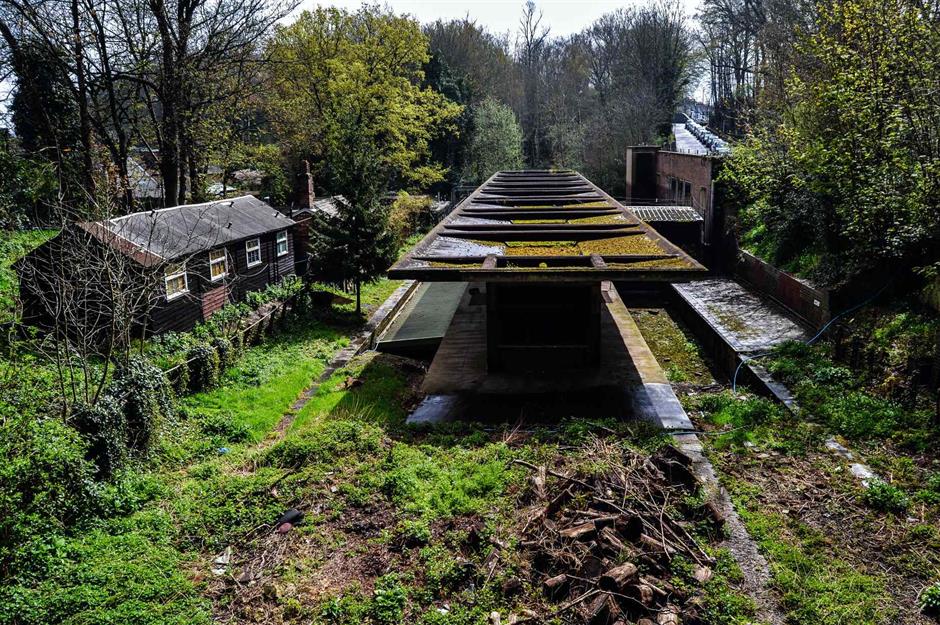
St Dunstan-in-the-East Church, City of London
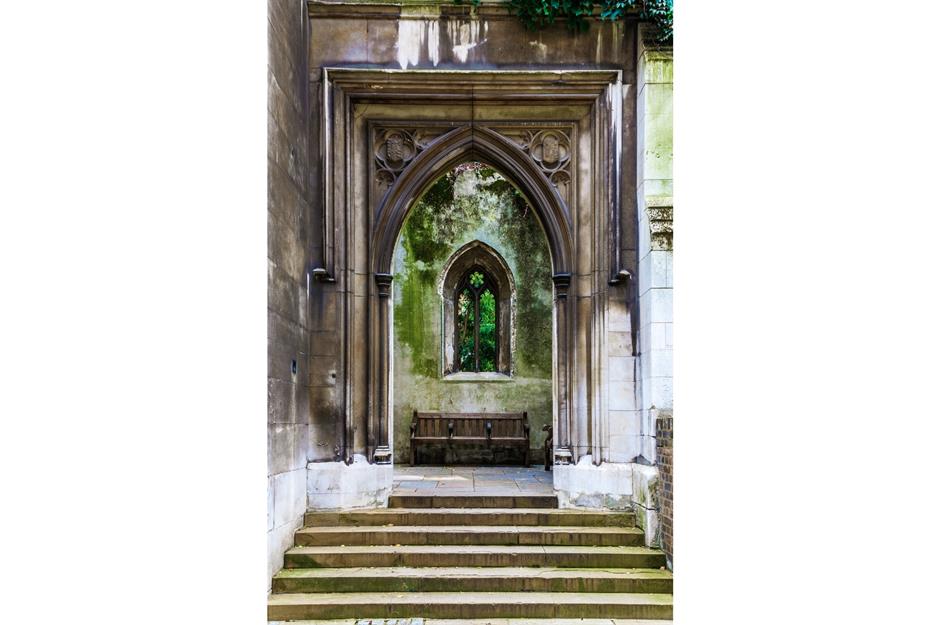
Probably one of the most breathtaking abandoned buildings in London, St Dunstan-in-the-East can be found hidden within the high rises of the city’s financial district. Originally built around 1100, it survived unscathed until the Great Fire of London in 1666. It didn't require a full rebuild but the original Gothic steeple was replaced with a design by Sir Christopher Wren. After suffering from severe damage during the Blitz in 1941, St Dunstan was never rebuilt again. The church was transformed into a public garden in 1971, a tranquil oasis away from the buzz of the city.
Check out these haunting photos of the world’s abandoned sacred places
St Ann’s Hospital Mortuary, Haringey
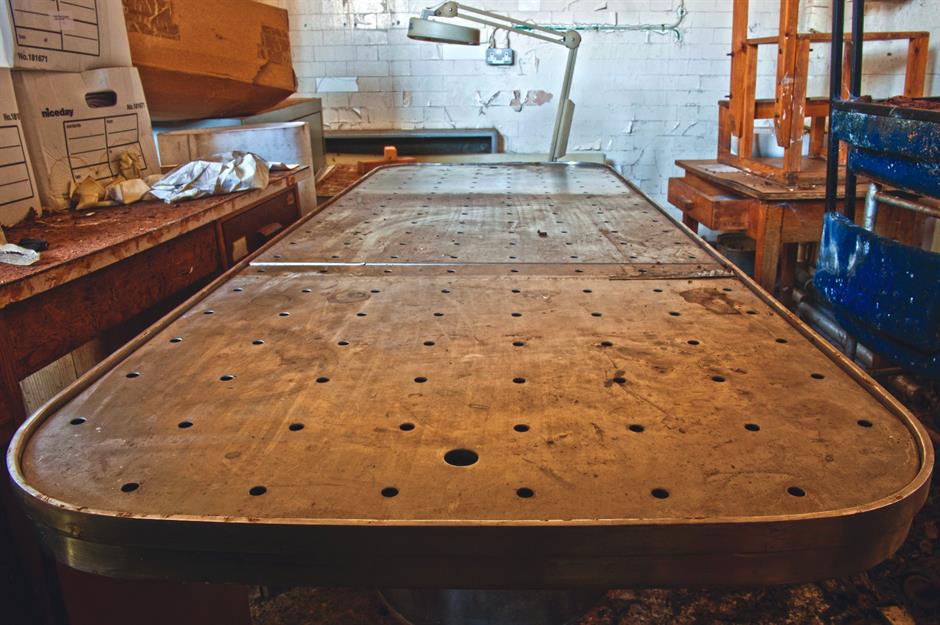
Formerly known as the North Eastern Fever Hospital, this old building first opened during the 1890s to treat patients with fever. Following the outbreak of scarlet fever in London, the hospital was unable to cope with the high demand and was forced to turn patients away. Over 60 years after it opened the building was renamed the St Ann’s Hospital and became a general infirmary for treating acute infectious diseases up until 2012. Still in operation, many of its old 19th-century buildings have survived although a few have been left empty.
Haggerston Public Baths, Hackney
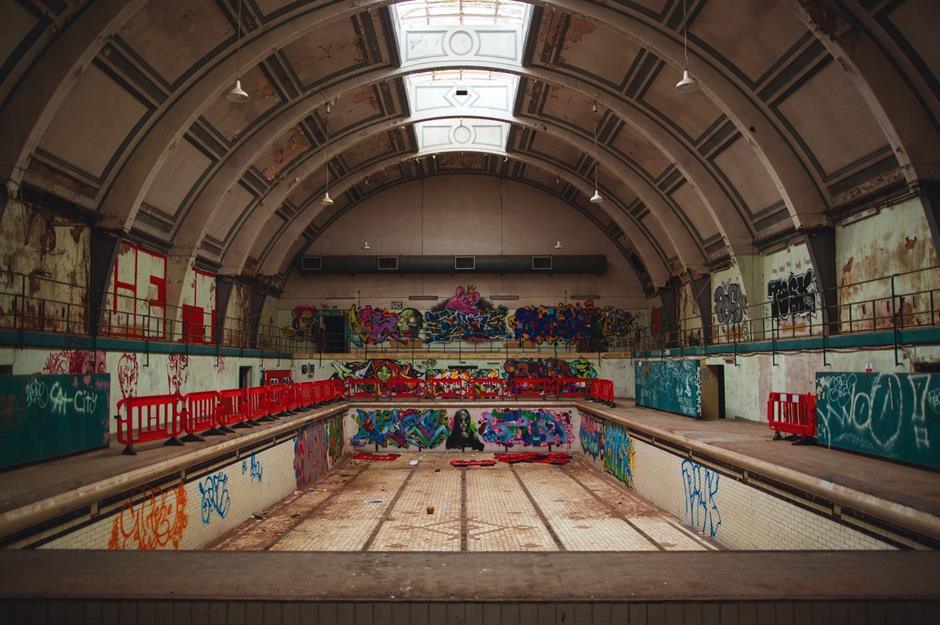
Aldwych Station
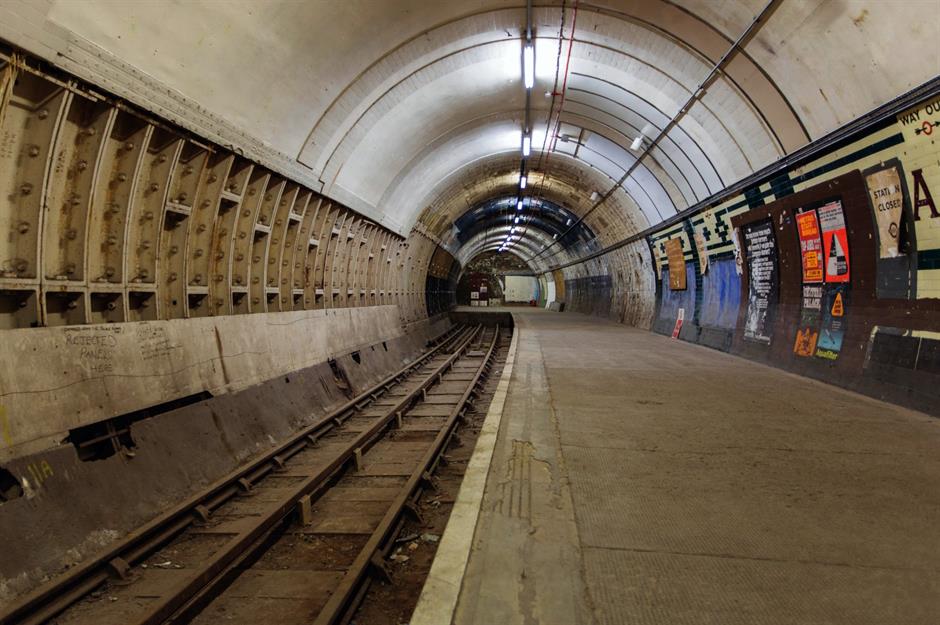
Aldwych Station opened to the public in 1907 but was not used as much as originally intended, closing nearly 100 years later in 1994. The station instead provided shelter to Londoners during the Blitz and with museums like the National Gallery and the British Museum nearby, it was also used to safely store important artefacts. Today, the abandoned tube station is primarily used as a filming location, appearing in films like action thriller V for Vendetta and 2018's war drama Darkest Hour.
Red Telephone Boxes
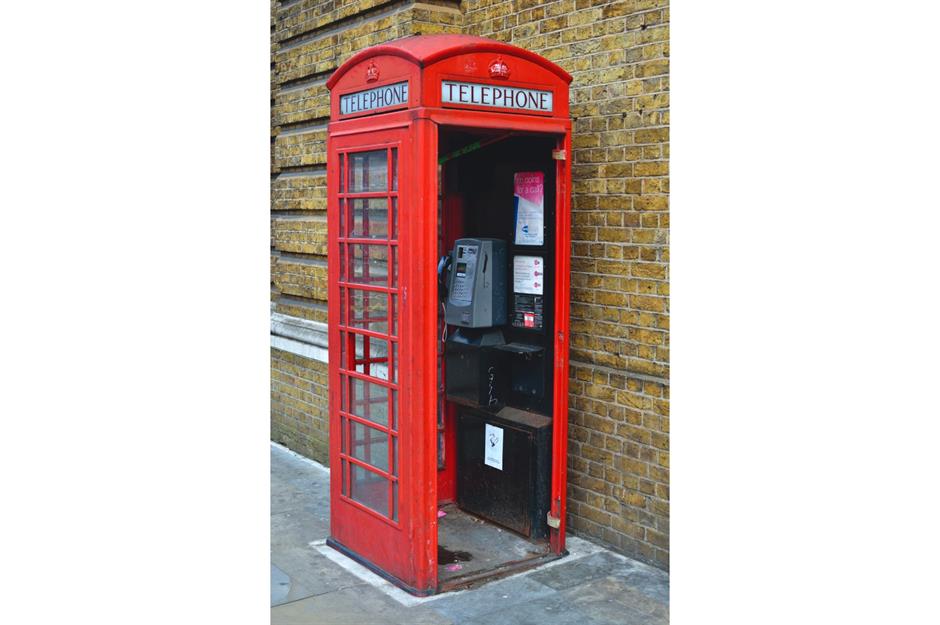
Possibly the most iconic symbol of classic British design, the red telephone box has been a part of the UK’s identity for decades. Although Britain’s first telephone box (Kiosk No.1) was designed in 1921, the best-known design came from Giles Gilbert Scott a few years later. In 1924, Scott created the design as part of a competition for the new kiosk. This image shows a later K6 design created in 1936. Following the decline of the telephone box, these structures have since been repurposed for a multitude of uses, from cafés to mini libraries.
London Pleasure Gardens, Silvertown
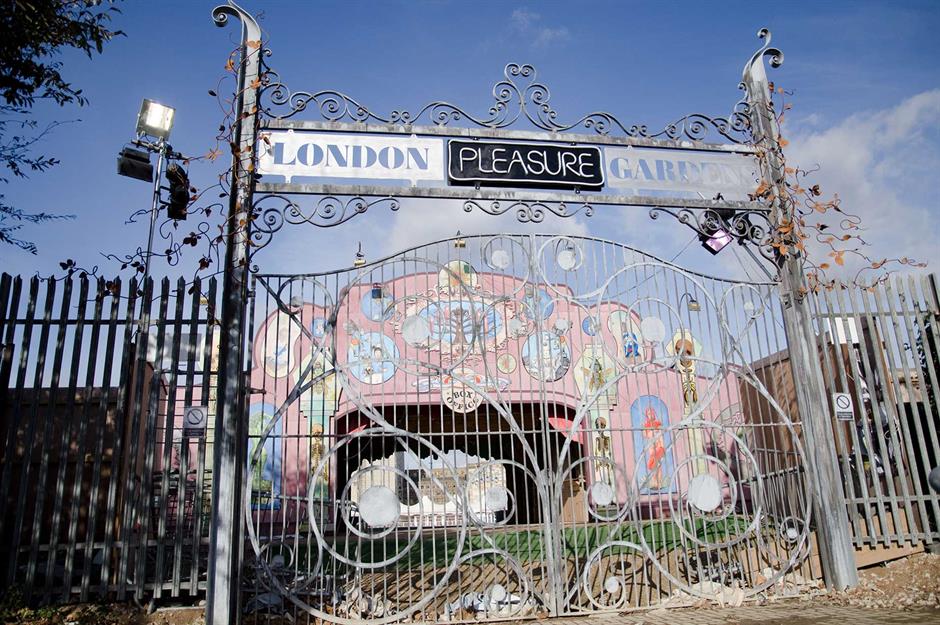
Built as a new arts quarter, the London Pleasure Gardens were sadly never meant to be. Located at Pontoon Dock, the ambitious project was launched in 2012, hoping to harness the spirit of the London Olympics and revive the city’s tradition of pleasure gardens. Following allegations of poor management, safety failures and unpaid bills, the project fell through in a matter of weeks and the London Pleasure Gardens were left neglected.
Explore the most eerie abandoned amusement parks around the world
Clapham Deep Level Second World War Shelters, Clapham
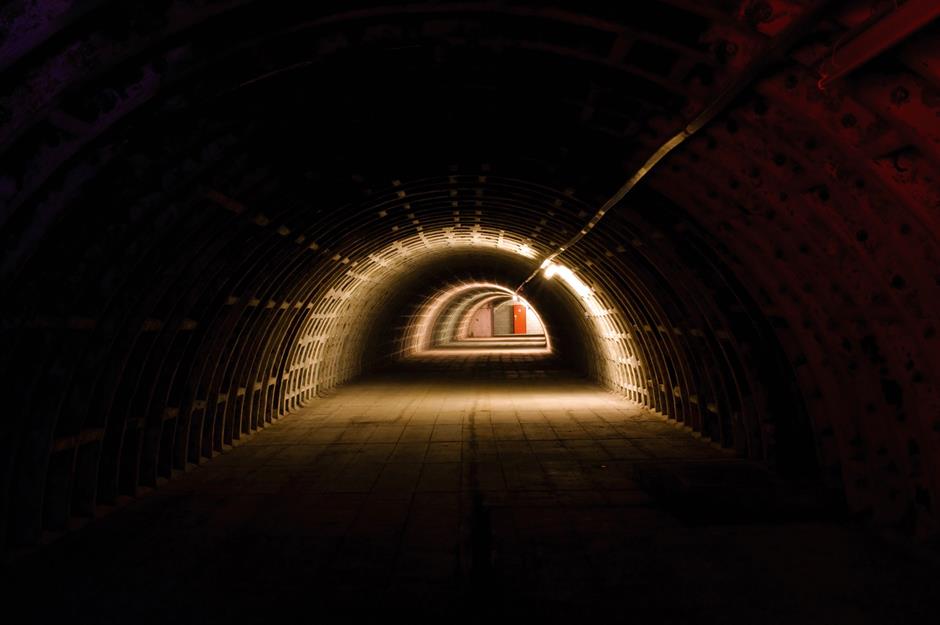
Buried deep below Clapham South tube station is a creepy maze of subterranean shelters and tunnels. The deep-level shelters were built in the 1940s by London Transport after the outbreak of the Second World War to protect the public. The shelters were turned into temporary housing for thousands of people during the war as well as Windrush migrants coming to Britain during the 1940s. Stretching for over a mile, the shelters eventually closed in the 1950s and have since been used for archive purposes.
E. Price & Sons, Golborne Road, Kensal Town
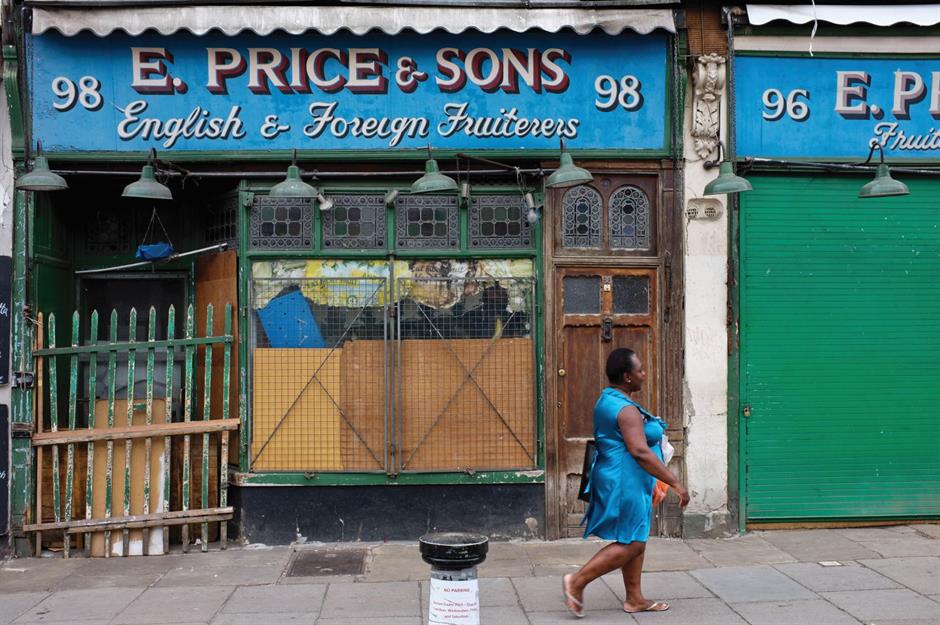
Crystal Palace Subway
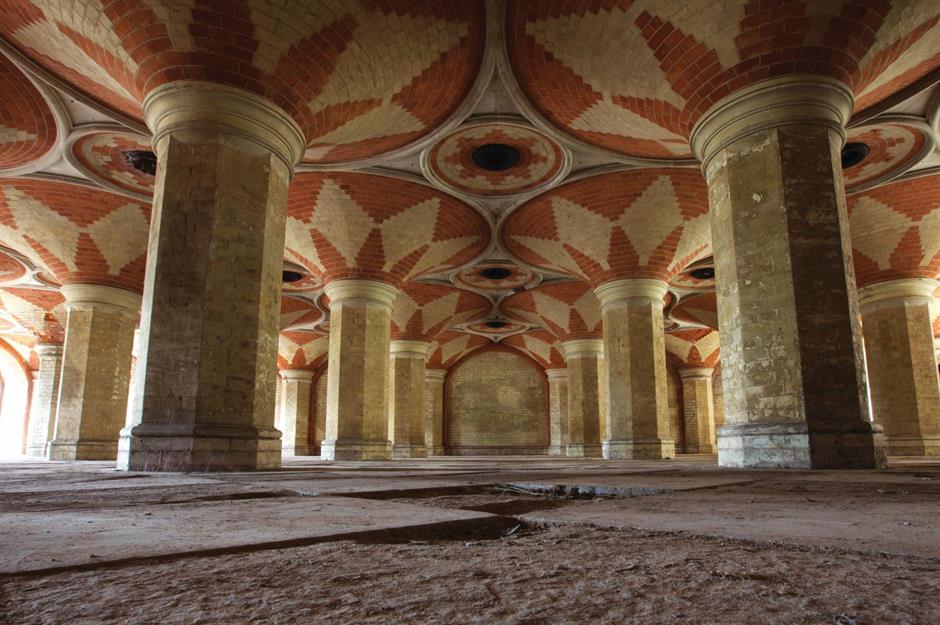
Often hailed as a stunning example of Victorian engineering, this pedestrian subway can be found hidden under the Crystal Palace parade in southeast London. Opened in 1865, the subway was built to provide easier access to the Crystal Palace, a popular entertainment venue that was originally erected in Hyde Park to house the Great Exhibition in 1851. The grand palace was unfortunately destroyed in a fire in 1936 but the ruined subway survived and is now a Grade II-listed landmark.
Check out the world’s most awesome abandoned underground attractions
Manor Place, Walworth
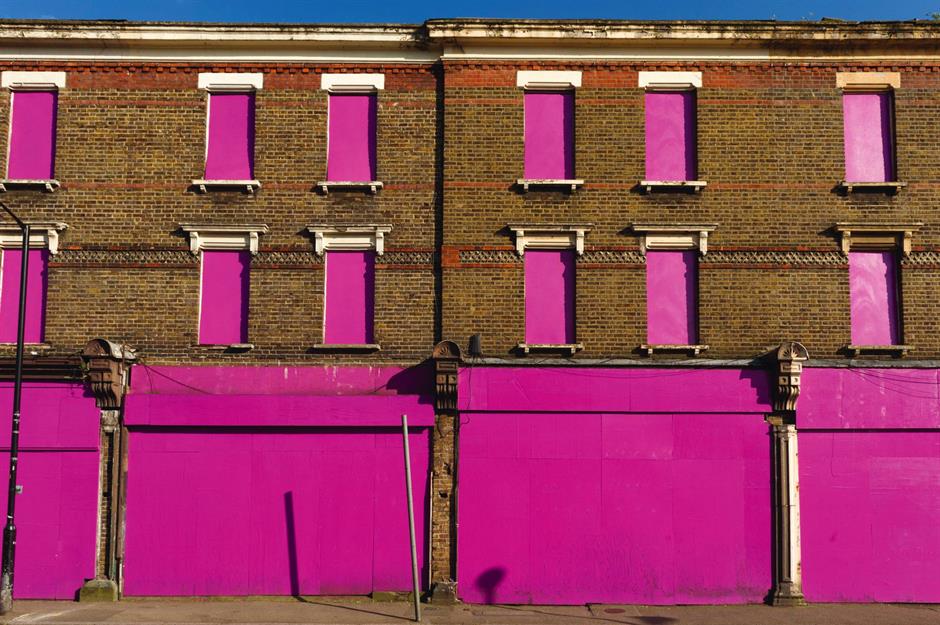
Named after the Manor of Walworth (the building itself), Manor Place near Kennington dates back as far as the Domesday Book 1086. Gifted to the monks of Christ Church in the 11th century who transformed the area into a farming village, Walworth has since been turned into a residential area. This terrace of Victorian homes was built in the late 18th century alongside a bathhouse which was also used for boxing. After closing for good in 1978, Manor Place is now being developed into homes and shops by Benedetti Architects.
West Central Street, Camden
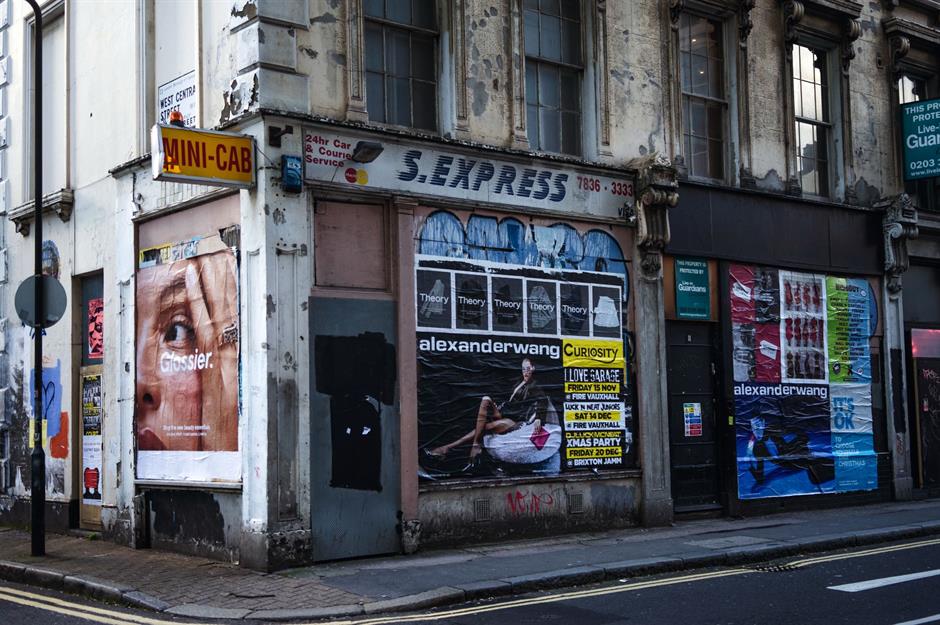
Great Eastern Street, Shoreditch
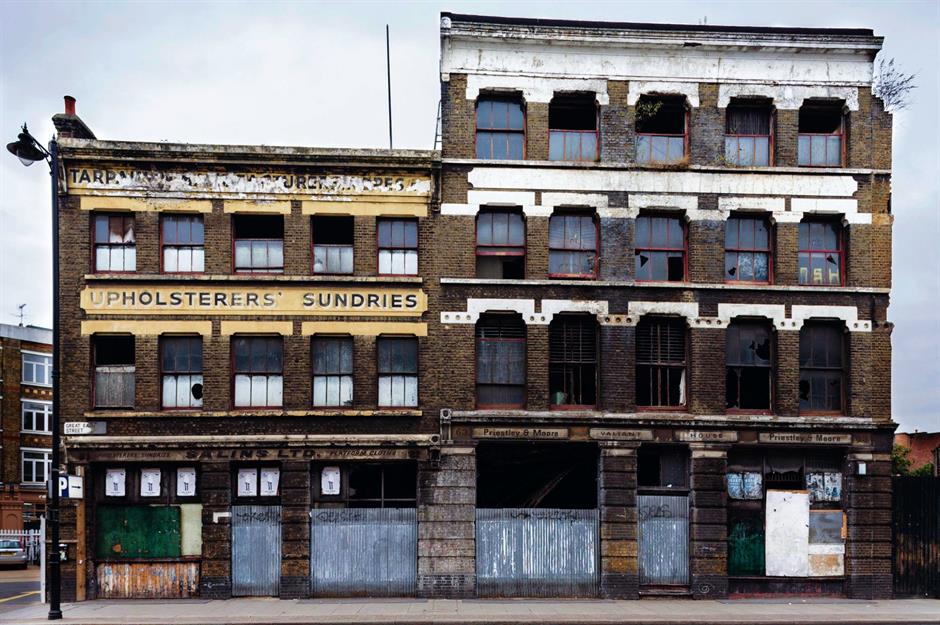
Pictured here are two classic examples of late Victorian commercial buildings built in the 1870s along Great Eastern Street in Shoreditch. The street was once the hub of the international furniture trade, filled with specialist furniture workshops of all types as well as upholsterers. Left mostly empty since bomb damage during the Second World War, the Grade II-listed site has since been converted into a boutique hotel.
Old Curiosity Shop, Holborn
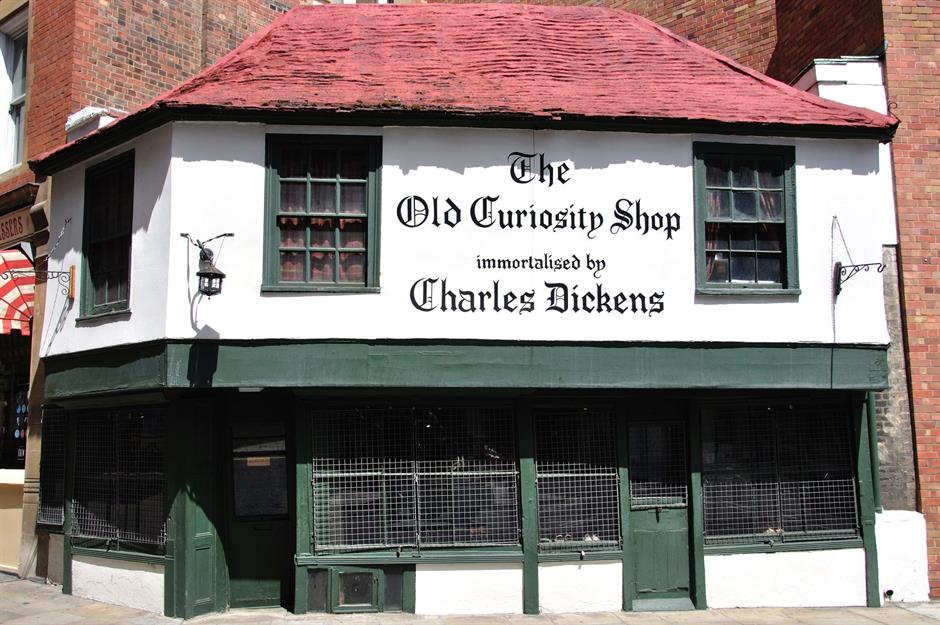
Considered a literary landmark, this charming old shop sits on the southwest corner of Lincoln’s Inn Fields. First built in the mid-16th century, the shop is thought to be one of the oldest surviving buildings of central London. Many believed that the shop had inspired author Charles Dickens’ 1841 novel of the same name although the owner is said to have renamed the premises after Dickens’ death in 1870. Today, the Old Curiosity Shop which now sells shoes continues to draw Dickens fans from all over the world.
Tea Rooms, Museum Street, Soho
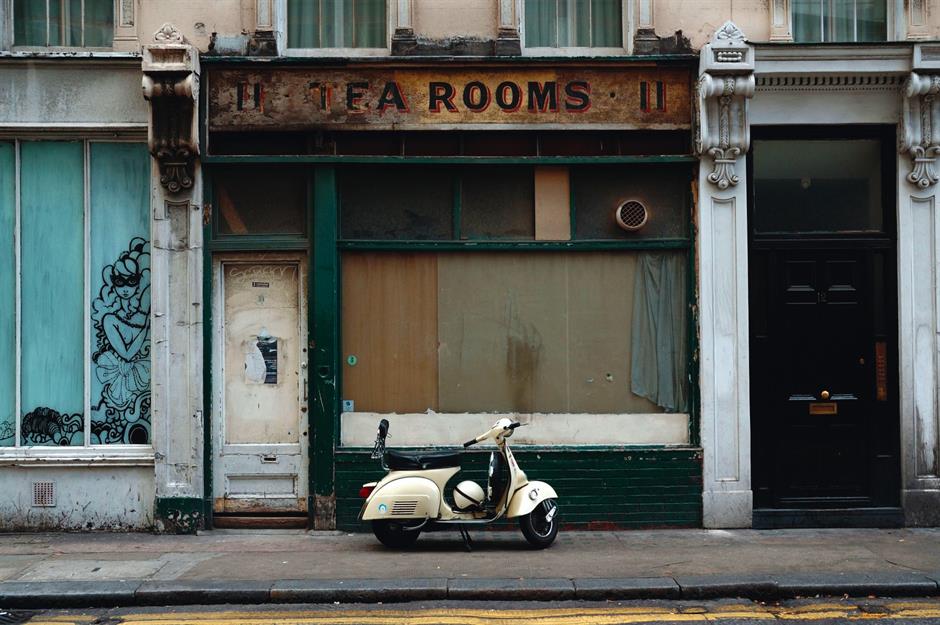
Named for its proximity to the British Museum, this old tea shop can be found on Museum Street in Soho. The café is thought to have opened in the 1960s, closing some 40 years later. With its faded vintage sign, boarded up windows and overall decrepit appearance in the middle of London’s Museum District, the Tea Rooms have been left empty ever since.
Public Toilets, Tottenham
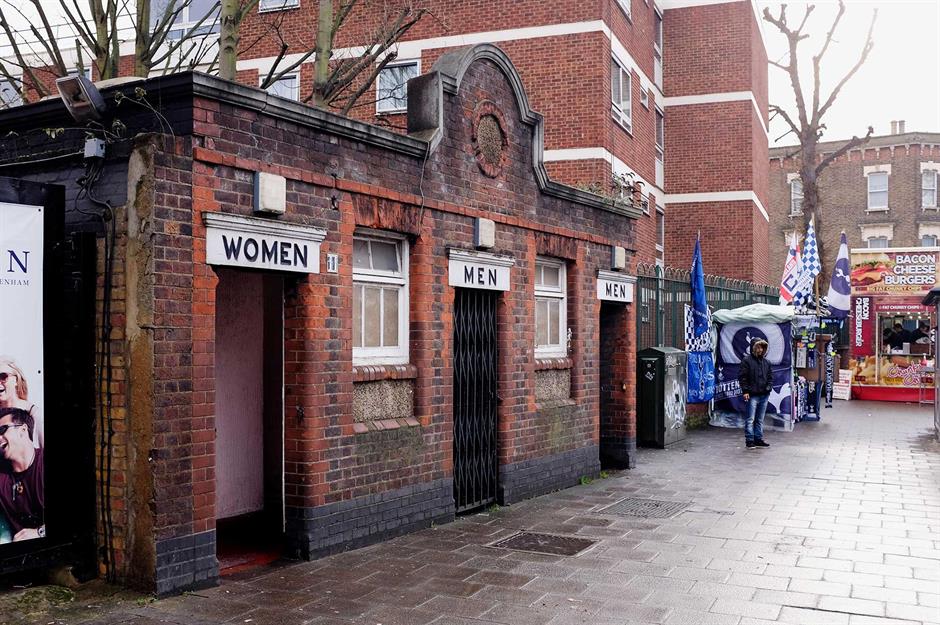
For centuries the streets of London were overrun with sewage and human waste due to the lack of public facilities and it wasn’t until the mid-19th century that this changed. In 1851, engineer George Jennings created the first public flushing toilet which he showcased at the Great Exhibition in Crystal Palace. The invention was so well received that the first public toilet opened the following year, known as ‘Public Waiting Rooms’. Pictured here are a group of disused public toilets located in Tottenham, north London.
Heygate Estate, Walworth
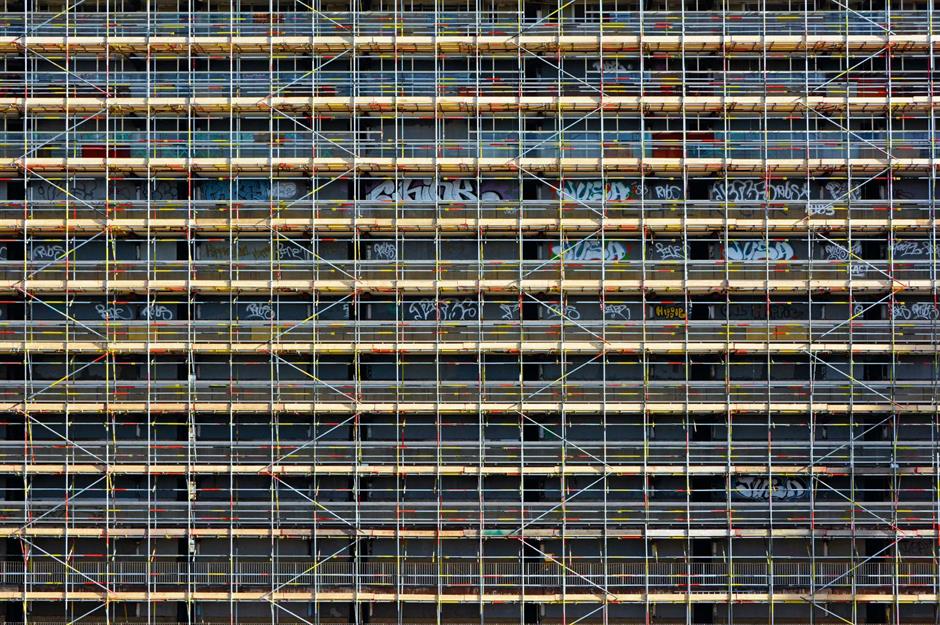
Famed for its Brutalist architecture, the Heygate Estate was a striking concrete housing complex situated in Southwark. The estate was built during the 1970s featuring over 1,200 homes with around 3,000 people living there. The buildings were demolished between 2011 and 2014 after property developers Landlease bought the land in 2010, promising to redevelop the estate. With the sky high prices of the new homes and only a small number being social housing, the estate has become a symbol of the city’s growing gentrification.
‘Stompie’ (former Soviet T-34/85 Medium Tank), Bermondsey
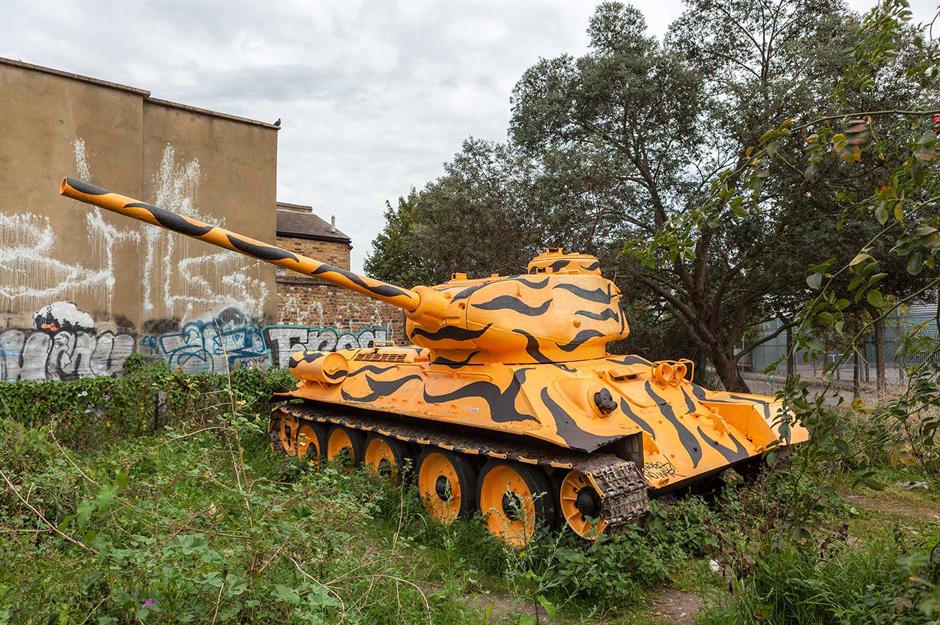
Nicknamed “Stompie” this 32-ton former Soviet Union tank looks rather out of place at the end of this quiet residential street in Bermondsey. Thought to have been used by the Czech Army during the Prague Spring of 1968, the tank arrived in the capital during the 1990s after it was bought by local property developer Russell Gray. Despite Southwark Council's attempts to remove it, Stompie still sits at the end of Gray’s street and also featured in the 1995 film adaptation of Richard III starring Ian McKellen.
Leyton Stadium (Hare and Hounds Ground), Leyton
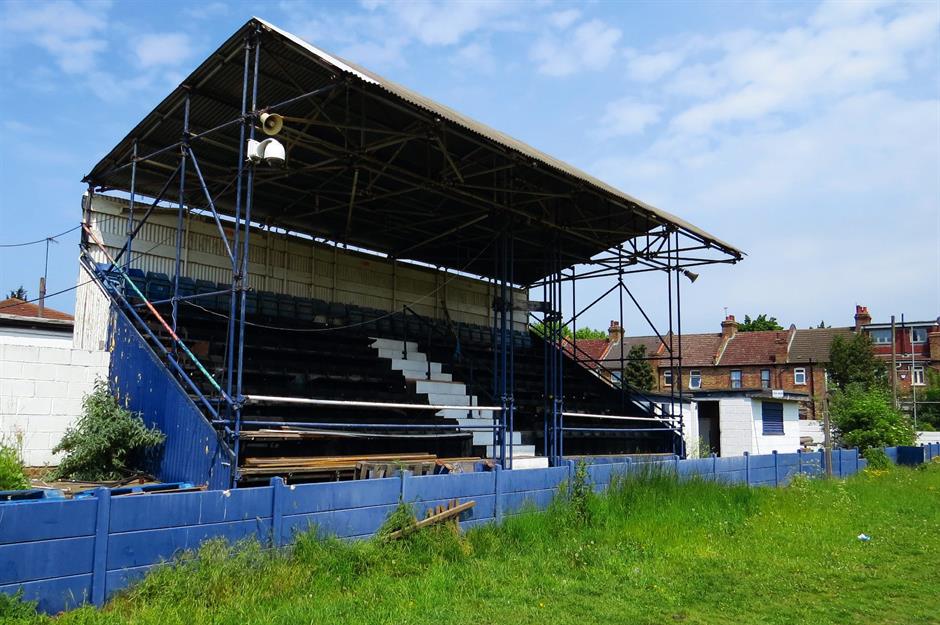
Kingsway Tram Subway, Holborn
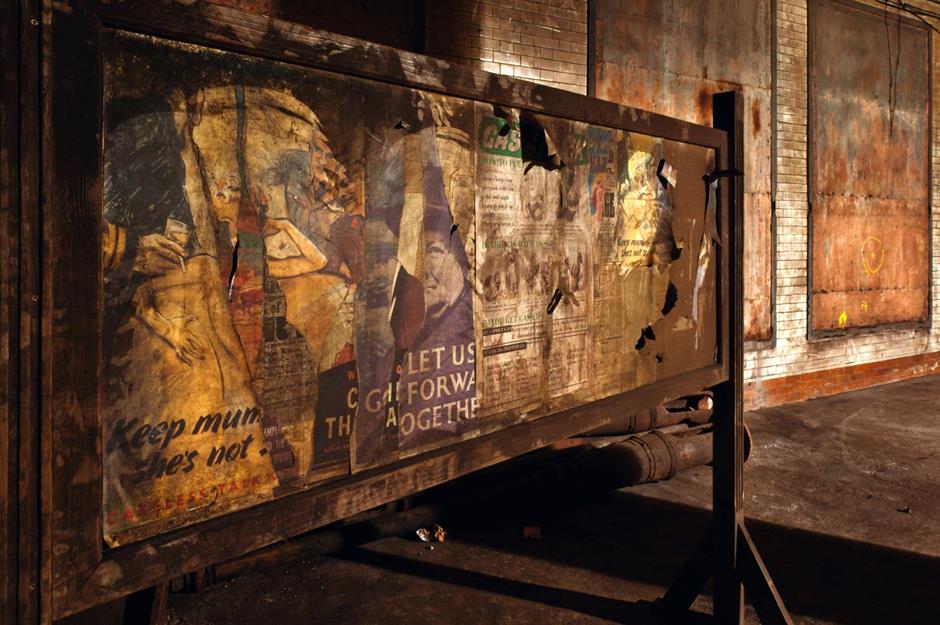
Opened to the public in 1906 by King Edward VII, this spooky looking tunnel was built as part of the Kingsway Tram subway, a scheme to clear out the slums in Holborn. The tramway involved the alignment of two new streets, Aldwych and Kingsway, providing the opportunity to create a tram tunnel underneath. The subway was used up until 1952 and the tunnel has since been converted for road vehicles.
Dollis Hill House, Gladstone Park
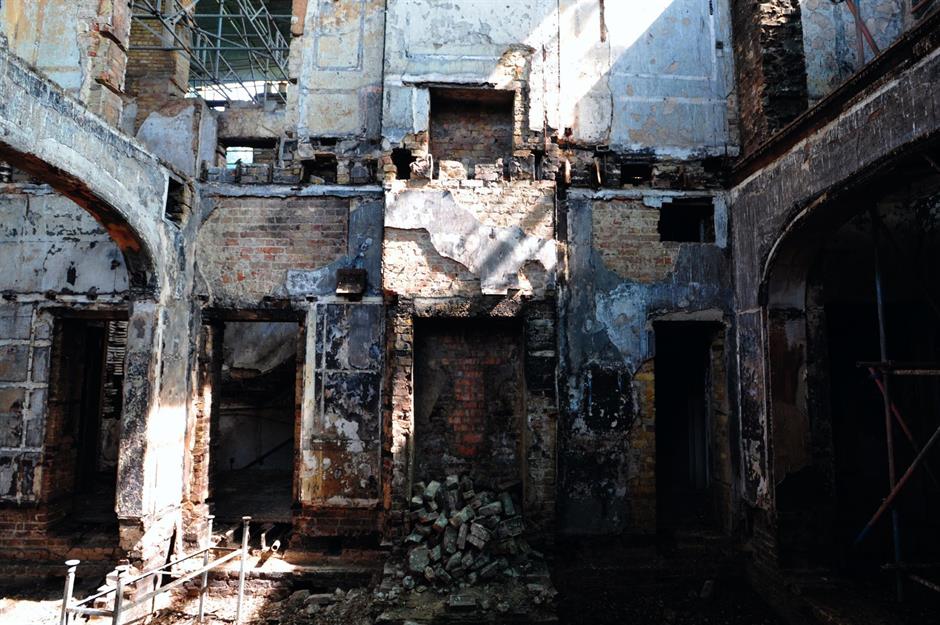
Nestled on the edge of Gladstone Park in northwest London, Dollis Hill House was built in 1825 by the Finch family, one of the most important and wealthy families in the area. Lord Tweedmouth and his family moved in by the late 19th century, using the house as a summer residence. Lord Tweedmouth frequently used the estate for meetings and to entertain important guests including former prime minister William Ewart Gladstone. Despite various proposals for its restoration, Dollis Hill House was demolished in 2012.
S. Schwartz, 33a Fournier Street, Spitalfields
Fournier Street in Spitalfields was built in the early 18th century for a group of French Huguenots who had fled France to escape religious persecution. The Huguenots were mostly craftsmen and merchants who helped transform the city’s textile industry. Today, the beautifully well-preserved Georgian architecture serves as a reminder of the once booming industry. Pictured here is the shop front of S. Schwartz, which was a local dairy until the 1950s and the artwork of the blue woman was created by French street artist Manyoly.
Royal Iris, Woolwich
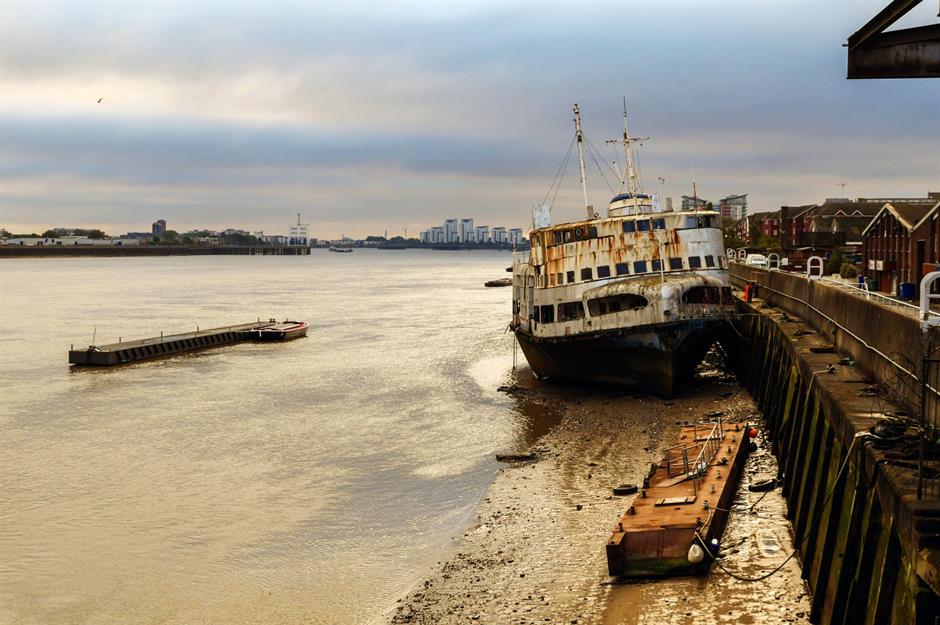
This old ship was once a popular spot for some of Britain’s most famous bands. Built by William Denny & Brothers, the Royal Iris was launched in 1951 on the River Mersey and was the first vessel to be specially designed for both cruising and ferrying. During the 1960s, it became a waterborne music venue, hosting bands including The Beatles. Queen Elizbeth and The Duke of Edinburgh also stepped on board in 1977 as part of their Silver Jubilee celebrations. Out of service since 1991, the ship is currently rusting away in Woolwich.
Check out these stunning photos of the world’s most spectacular shipwrecks
Royal Gunpowder Mills, Waltham Abbey
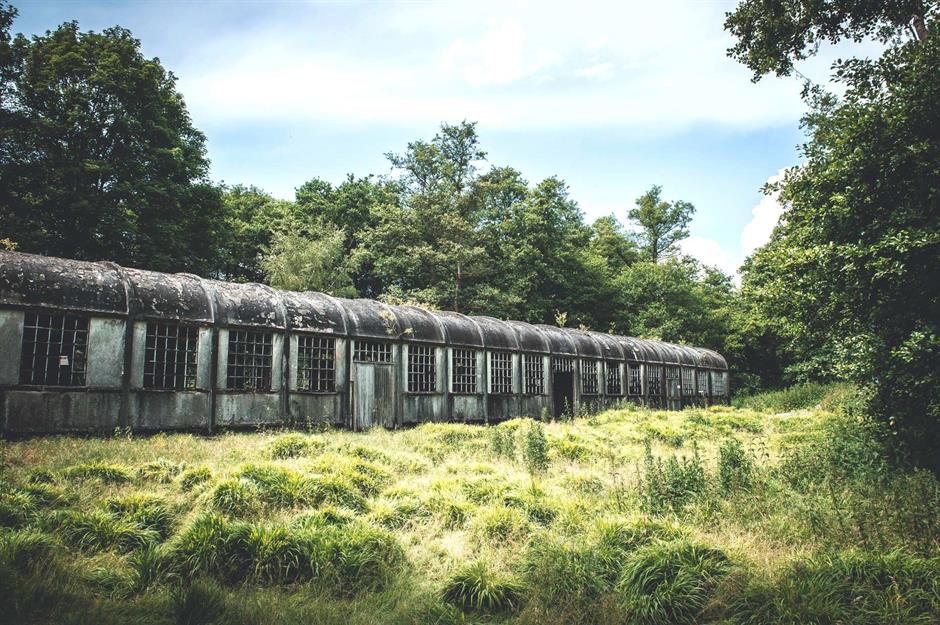
There has been an industry on this site in Waltham Abbey for hundreds of years. In the medieval period, cloth production was originally set up here by the monks of the abbey before the site was converted into an ‘Oyle Mill’ for producing vegetable oils in the 17th century. During the second Dutch War following gunpowder supply shortages, the mill began manufacturing explosives. Although the factory has been closed since 1945, the impressive 170 acres of historic buildings and woodland has since opened to the public.
Abbey Mills Pumping Station, Mill Meads, West Ham
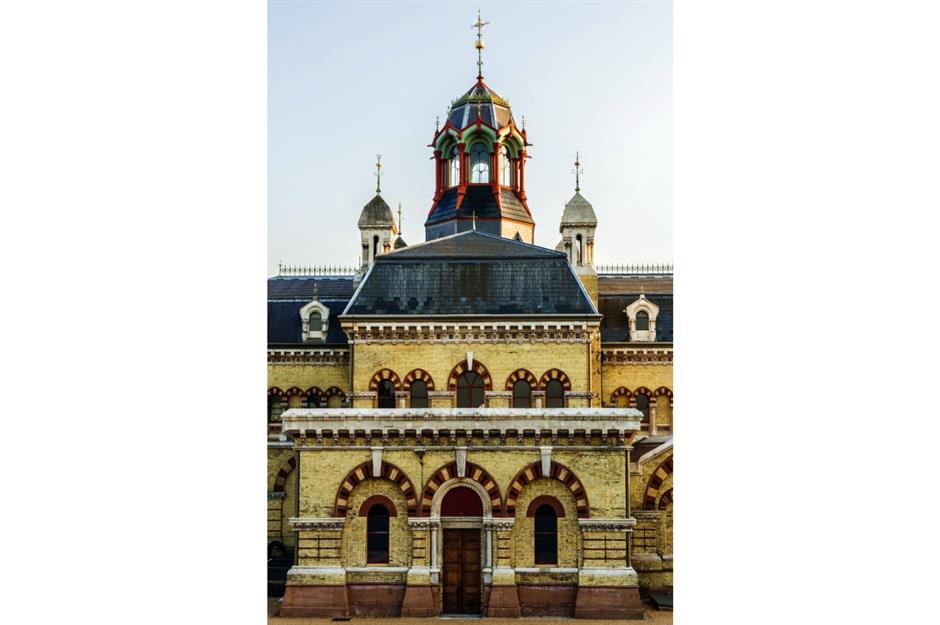
During the summer of 1858, due to poor sanitation across London, the hot weather caused the smell of sewage to overpower the city in what was known as ‘the Great Stink’. Civil engineer Sir Joseph Bazalgette was hired to create London’s new sewage system and help improve sanitary conditions. Completed in 1868, the majority of the new system was built underground although Sir Bazalgette created the Abbey Mills Pumping Station to show off his impressive design above the surface.
Abbey Mills Pumping Station, Mill Meads, West Ham
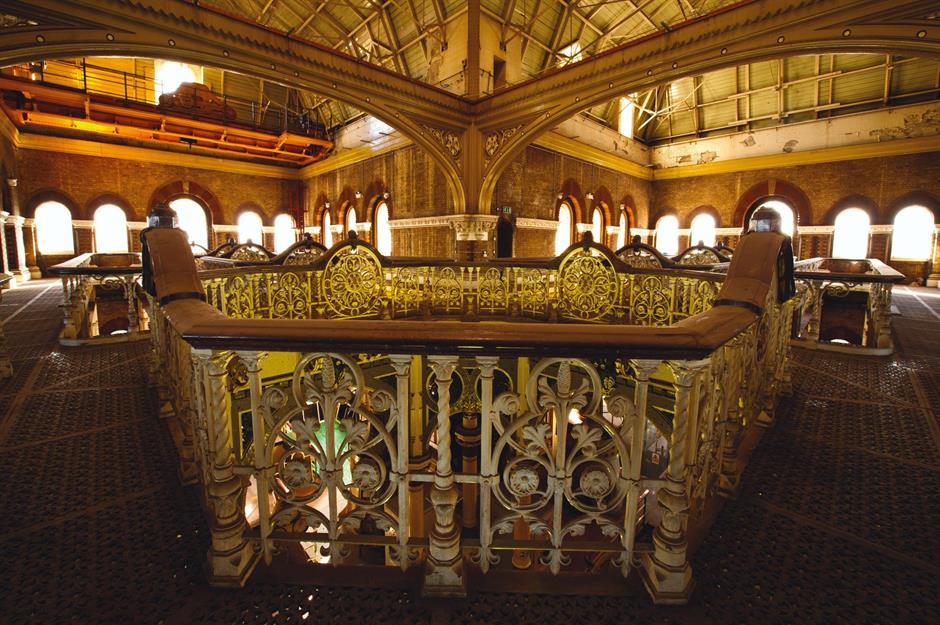
Find out more
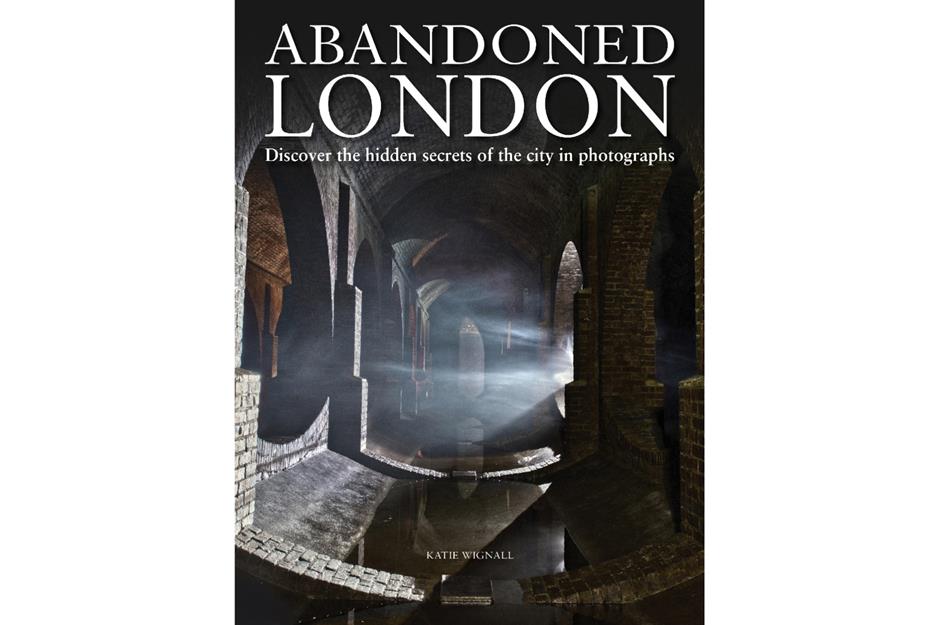
All images are taken with permission from the book Abandoned London by Katie Wignall, published by Amber Books Ltd and available via Amazon.
Now explore the world’s most incredible abandoned places you can actually visit
Comments
Be the first to comment
Do you want to comment on this article? You need to be signed in for this feature